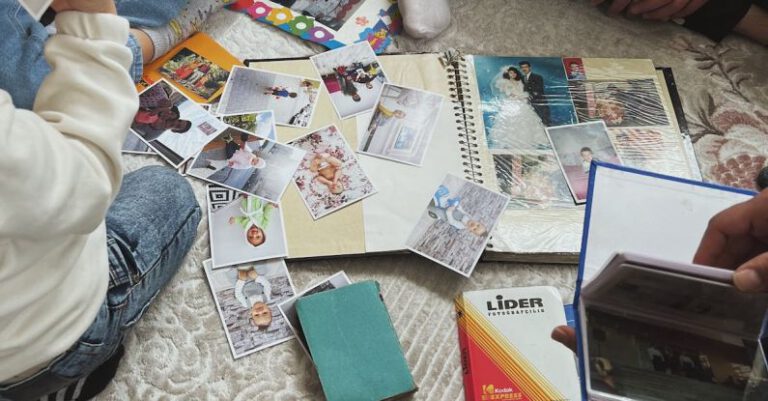How to Reuse Materials for Art Projects?
Artists are known for their creativity and ability to see beauty in unexpected places. One way they showcase their talent is by reusing materials to create stunning art pieces. Not only does this practice help reduce waste, but it also adds a unique touch to their work. If you’re an aspiring artist looking to incorporate sustainability into your art projects, here are some tips on how to reuse materials effectively.
1. Explore Your Surroundings
The first step in reusing materials for art projects is to explore your surroundings. Take a walk in nature or visit your local thrift store to discover hidden gems. Fallen leaves, twigs, and seashells can be transformed into beautiful collages or sculptures. Old magazines and newspapers can provide a plethora of colorful images for a mixed media piece. By opening your eyes to the possibilities around you, you’ll find inspiration in unexpected places.
2. Think Outside the Box
When it comes to reusing materials, don’t limit yourself to traditional art supplies. Look for alternative options that can add texture and depth to your artwork. For instance, instead of using a canvas, consider repurposing an old wooden door or window frame. The weathered surface can create an interesting backdrop for your painting or drawing. Broken pieces of ceramics or glass can be transformed into mosaics, adding a unique touch to your artwork.
3. Embrace Upcycling
Upcycling is the process of transforming discarded materials into something of higher value. By giving new life to old objects, you not only reduce waste but also create one-of-a-kind pieces. For example, an old bicycle wheel can be turned into a stunning wall art installation. Broken jewelry can be repurposed into intricate collages. Let your imagination run wild and experiment with different materials to see what you can create.
4. Collaborate with Others
Another way to reuse materials for art projects is to collaborate with others. Organize an art swap with fellow artists or join a community art project that focuses on sustainability. By exchanging materials, you can try out new mediums without having to purchase them. Additionally, working with others can spark new ideas and inspire you to think outside the box.
5. Take a Trip to the Hardware Store
While art supply stores offer a wide range of materials, don’t forget to explore the hardware store as well. Many everyday items found in these stores can be repurposed for art projects. For instance, metal nuts and bolts can be used as embellishments in a sculpture. Sandpaper can be used to add texture to a painting. Copper pipes can be transformed into a unique jewelry piece. Be open to unconventional materials and experiment with their potential.
In conclusion, reusing materials for art projects is not only an eco-friendly practice but also a way to add a distinct touch to your artwork. By exploring your surroundings, thinking outside the box, embracing upcycling, collaborating with others, and taking a trip to the hardware store, you can create stunning art pieces that showcase your creativity and contribute to a more sustainable world. So, the next time you start a new project, consider how you can repurpose materials and give them a second life in your artwork.






